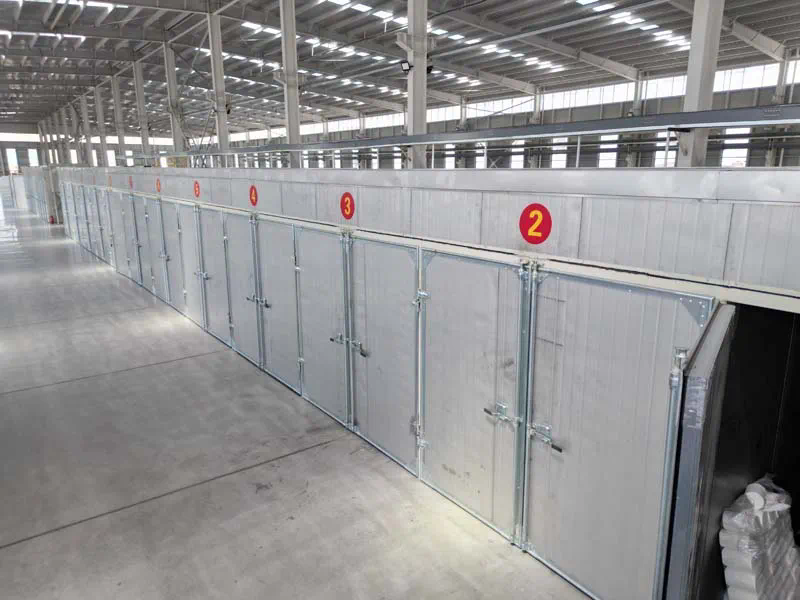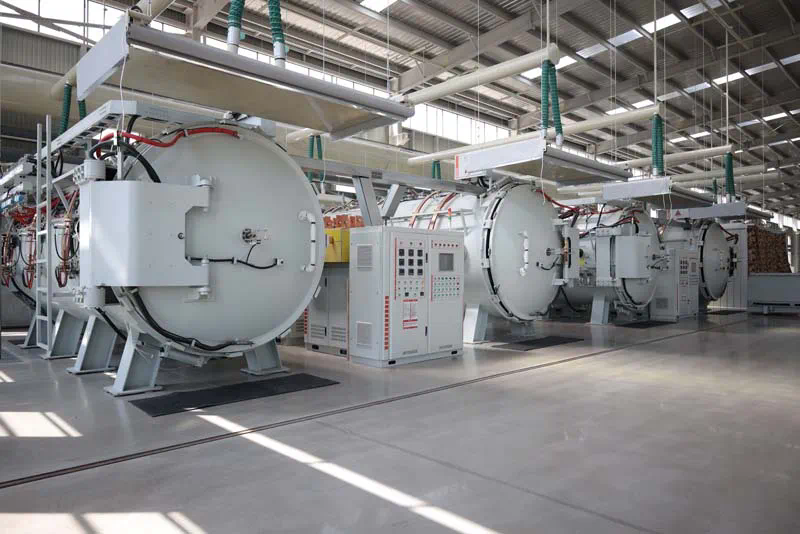Silicon carbide (SiC) is a widely recognized compound with exceptional mechanical properties and a variety of industrial applications. This article explores the profound characteristics of SiC, its applications across industries, and the future prospects of this versatile material.
Chemical Composition and Crystal Structure
Silicon carbide is a compound composed of silicon and carbon atoms in a 1:1 ratio, typically represented as SiC. It exists in various crystalline forms, each with unique properties that cater to specific applications. The most common crystal structures include hexagonal (4H-SiC and 6H-SiC) and cubic (3C-SiC) polytypes, each offering distinct mechanical and electrical properties.
Mechanical Properties
Hardness and Abrasive Capability
SiC is renowned for its exceptional hardness, ranking close to diamond on the Mohs scale. This property makes it highly suitable for abrasive applications in industries such as manufacturing, automotive, and aerospace. The hardness of SiC contributes to its effectiveness in grinding, cutting, and polishing operations, where it outperforms traditional materials due to its superior wear resistance.
Strength and Toughness
In addition to hardness, silicon carbide exhibits high strength and excellent fracture toughness, even at elevated temperatures. These mechanical properties are advantageous in structural applications where materials are subjected to mechanical stresses and thermal fluctuations. Industries leverage SiC’s strength and toughness in manufacturing components for gas turbines, heat exchangers, and armor materials.
Elastic Modulus and Thermal Conductivity

SiC possesses a high elastic modulus, allowing it to withstand deformation under load while maintaining structural integrity. Furthermore, it exhibits excellent thermal conductivity, enabling efficient heat dissipation in electronic devices and high-temperature applications. These properties make SiC an ideal choice for semiconductor devices, power electronics, and thermal management solutions in advanced technologies.
Industrial Applications
Electronics and Semiconductors
Silicon carbide has revolutionized the electronics industry by enabling the development of high-performance semiconductor devices. Power diodes, MOSFETs (Metal-Oxide-Semiconductor Field-Effect Transistors), and Schottky diodes based on SiC offer significant advantages over silicon carbide band gap traditional silicon devices, including lower switching losses, higher operating temperatures, and increased efficiency in power conversion systems.
.webp)
Automotive and Aerospace
In the automotive sector, SiC-based components such as electric vehicle (EV) power modules and charging systems enhance energy efficiency and reliability. The aerospace industry utilizes SiC in lightweight structural components, thermal management systems, and coatings for aircraft engines and turbines. These applications leverage SiC’s robustness, thermal stability, and resistance to corrosion in extreme environments.
Renewable Energy and Energy Storage

SiC plays a pivotal role in renewable energy technologies, particularly in photovoltaic (PV) inverters and solar power systems. Its superior thermal conductivity and durability improve the performance and longevity of solar inverters, enhancing energy conversion efficiency. Additionally, SiC-based devices contribute to advancements in energy storage systems, enabling efficient management of electricity in grid-scale applications and electric grid stabilization.
Industrial Manufacturing
The abrasive properties of silicon carbide find extensive use in industrial manufacturing processes such as grinding, cutting, and polishing of metals, ceramics, and composites. Abrasive tools made from SiC enhance productivity and precision in machining operations across various sectors, including automotive, aerospace, and construction.
Future Prospects and Research Trends
The ongoing research and development in silicon carbide focus on enhancing material quality, optimizing manufacturing processes, and expanding its application scope. Emerging trends include the integration of SiC in 5G telecommunications infrastructure, quantum computing technologies, and advanced medical devices. Moreover, efforts to scale up production and reduce manufacturing costs are expected to accelerate the adoption of SiC in mainstream industrial applications.
melting temperature of silicon carbide Conclusion
In conclusion, silicon carbide stands out as a multifaceted material with remarkable mechanical properties and diverse industrial applications. Its hardness, strength, thermal conductivity, and chemical stability make it indispensable in sectors ranging from electronics and automotive to renewable energy and manufacturing. As research continues to push the boundaries of SiC technology, the material is poised to play an increasingly pivotal role in shaping the future of advanced materials and engineering innovations worldwide.
https://iflatiron.com/





